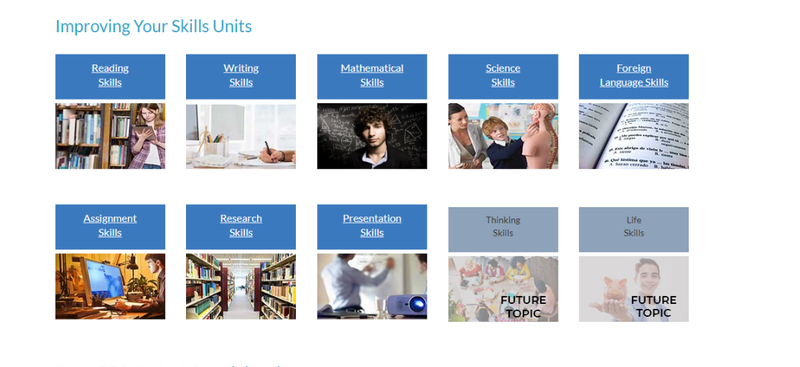Study Skills Tip For June
So you don’t have much homework tonight? Your assignments and study notes are up to date? Have you ever thought about spending a bit of time each night learning touch typing? Given that students now have to be masters of both the pen and the keyboard it is important to develop both legible handwriting and touch typing skills.

Technology Units in the Study Skills Handbook
Touch typing is when you can type without looking at the keys while you type. This means you can type much faster than if you had to look and see where each key is, and it means you can keep looking at whatever it is you are typing instead of the keys. This is an incredibly useful skill to develop – it will help you at school and later in life as well, improving your efficiency and speeding up work on assignments and essays. Once you learn touch typing, you will know where the keys are located on the keyboard through your sense of touch and you will be able to look at the screen or whatever you are typing rather than the keyboard.
In the Study Skills Handbook, there is a section to get you started on your journey of learning touch typing. Click on unit Technology Tools and on the Learning Touch Typing page you will find links to lots of free software to help you develop your touch typing skills as well as some great tips to get you started. Being able to touch type will definitely make life easier for the students in the senior years and beyond. Ten minutes of practice a day could end up making a big difference.
But don’t neglect your handwriting skills either. As long as you have to submit handwritten work or handwrite for tests and exams, it is also important to improve the legibility and speed of your handwriting. Go to the Study Skills Handbook and visit the Writing Skills unit and click on the Improving Handwriting section. You’ll find some excellent strategies for improving your handwriting.
Should students type or handwrite their study notes?
Short answer, they are better off doing whatever the exam or test will be. So if the exam is handwritten, it is better to handwrite notes. This creates muscle memory, it sets up a pattern in the brain of what they will be doing in the exam. If they do not have exams, then it does not really matter, they can choose to either type or handwrite their notes.
For students who do have written exams, they are better off getting used to writing as much as possible, especially as students do less and less pen to paper and more and more on the keyboard. It is also argued that by writing the information, you set up pathways of familiarity and recognition in your brain that will kick in when you are in an examination situation.
On the other hand, some subjects have so much content that to try to wade through it with handwritten study notes would take forever. A good compromise for students who would prefer to type is to start making initial notes on the computer as this allows you to cut and paste, group information and rearrange it with ease. Once you have a core set of notes completed, you may like to further summarise some sections on paper using a more graphical or visual form of note-taking such as mind-mapping. And when you are learning the notes, read a section, then see what you can write without looking, this way you will be testing if the information is in long-term memory and practicing your handwriting at the same time!
The College Library
